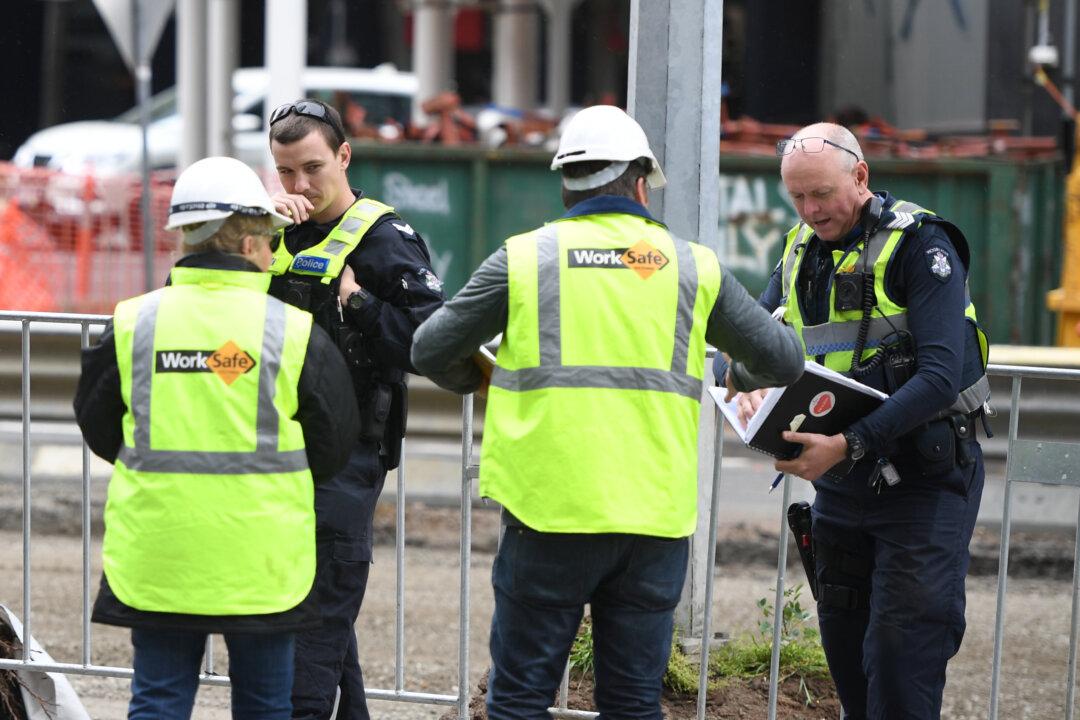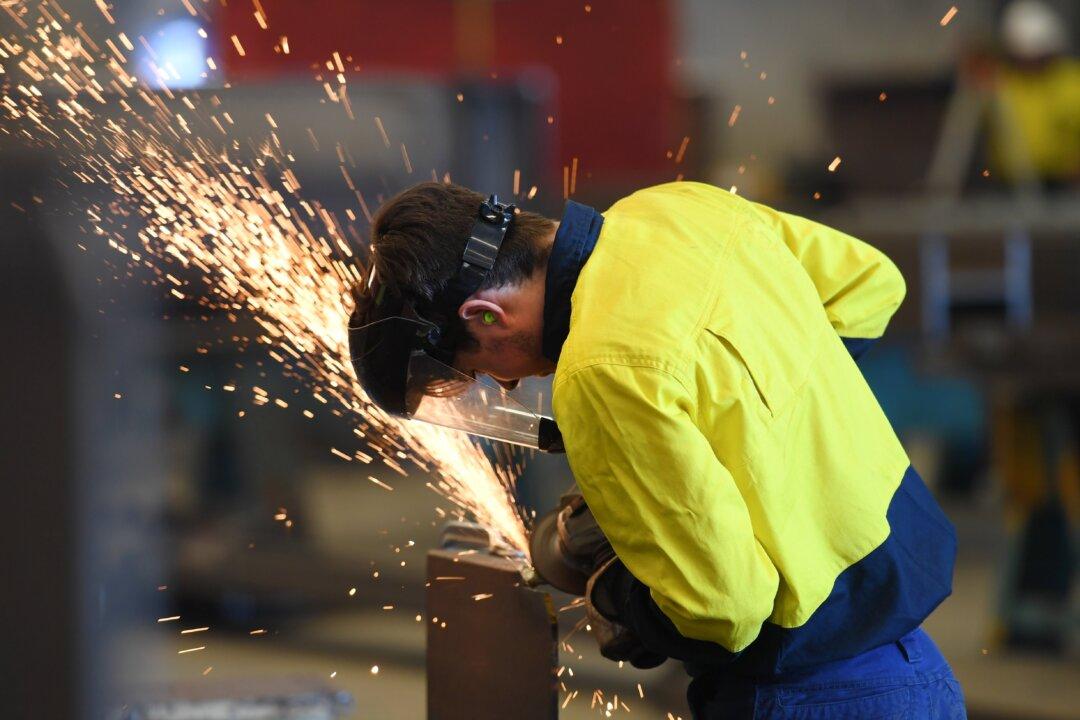An independent review has found the financial trajectory of Victoria’s workers’ compensation scheme to be unsustainable as outstanding claims liabilities continue to surge.
According to a report by Victorian Auditor-General Andrew Greaves, the value of the outstanding insurance claims liability for WorkSafe almost doubled over the last five years, from $13 billion (US$9.2 billion) in 2016-17 to $24.5 billion (US$17.5billion) in 2020-21.





